Aquaphor For Tattoo Aftercare: 7 Benefits For Faster Healing
Explore the benefits of Aquaphor for effective tattoo aftercare.

Image: iStock
Aquaphor is a skin-soothing ointment used to hydrate and protect the skin for years now. Its unique formula combines ingredients like petrolatum, panthenol, and glycerin—all champions at locking in moisture and promoting skin repair in cases of minor wounds. Think of it as your skin’s loyal guardian against dryness and discomfort. It provides long-lasting relief and nourishment for all your dry skin needs. Aquaphor has a rich, thick consistency. It forms a protective barrier on the skin’s surface, helps prevent moisture loss, and allows the skin to heal naturally. This makes it ideal for tattoo aftercare.

Aquaphor is not just for the initial days of tattoo aftercare. It can also be used throughout the healing process to keep the tattoo moisturized and protected. Its nourishing formula helps to soothe and hydrate the tattooed skin, reducing itching and promoting faster healing. Learn more about why and how to use Aquaphor for tattoo healing in the sections below. Scroll down to read more.
In This Article
Is Aquaphor Good For Tattoos?

Aquaphor is a name frequently associated with tattoo aftercare, and for good reason. Its emollient properties make it a gentle and suitable option for the tender healing phase your skin goes through after getting a tattoo. It has anti-inflammatory properties and aids in skin and tattoo healing (1). It is also a more affordable option than specialty tattoo aftercare products and can easily be found in drugstores or supermarkets. Its accessibility and cost-effectiveness make it a practical choice for many people. Many tattoo artists recommend using Aquaphor for tattoo aftercare to achieve optimal healing.
Skylar, a blogger, shared how her tattoo artist recommended Aquaphor to her after her first tattoo. She writes, “Jeff told me to keep the plastic on for about an hour until the bleeding stopped, and then for the next few weeks to periodically put Aquaphor on the tattoo to keep it moisturized (i).”
a.) How Well Does Aquaphor Work?
Aquaphor doesn’t just sit on the skin! It penetrates the skin to create a healing environment that is conducive to the need of a fresh tattoo. The petrolatum in Aquaphor forms a breathable barrier that keeps out bacteria and debris while allowing oxygen to reach the wound. Its formulation keeps the skin moist and pliable—key factors in preventing a tattoo from becoming dry and brittle.
 Did You Know?
Did You Know?Now that you have learned about how Aquaphor works on tattoos, learn about its benefits in the section below.
Key Takeaways
- Aquaphor heals newly tattooed skin by locking in moisture and protecting against dryness.
- Use it sparingly on tattoos to prevent clogged pores and promote healing.
- Alternatives to Aquaphor include lighter lotions, natural oils, and tattoo-specific products.
- Switch from Aquaphor to lotion when the tattoo’s initial healing phase concludes.
Benefits Of Using Aquaphor On A Tattoo
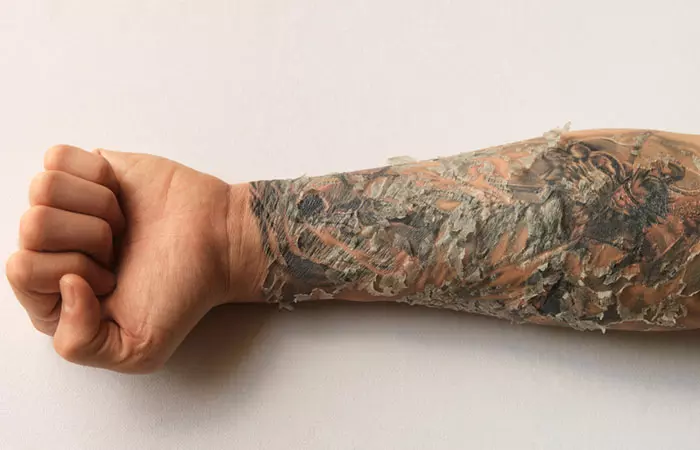
- Provides Intense Moisturization: When you get a new tattoo, your skin will naturally start to heal and regenerate. This process can cause dryness and tightness, but Aquaphor acts as a powerful moisturizer that keeps the skin supple and hydrated (2). It ensures that the area doesn’t dry out and become flaky by trapping moisture in the skin.
- Creates a Protective Barrier: Aquaphor forms a gentle barrier on the skin that shields your freshly tattooed skin from external irritants that could cause infections or disrupt its healing process. This protective layer is particularly important in the first few days when the inked skin is most vulnerable.
- Reduces Itching and Discomfort: It is common to experience itching, as the tattoo heals, due to the skin’s natural healing mechanisms. Itching or scratching the skin not only damages the tattoo but also leads to skin infections and scarring. Aquaphor can help alleviate this discomfort by keeping the skin moisturized and reducing the urge to scratch. Research shows that using Aquaphor on wounded skin may reduce adverse effects such as itching, tightness, and stinging (3).
- Promotes Healing: Aquaphor may actually promote the skin’s natural healing process by maintaining a properly moisturized environment. A well-moisturized tattoo can heal faster and more evenly, leading to a better appearance once fully healed. You may even notice an improvement in your skin’s appearance after two days (3).
- Minimizes Scabbing: Heavy or excessive scabbing can pull color from a tattoo as the scabs fall off. You can minimize the formation of thick scabs by keeping your tattoo properly saturated with Aquaphor (3). Lighter scabbing indicates a lesser risk of ink fallout and better overall healing.
- Has A Non-Irritating Formula: Aquaphor is formulated to be gentle and typically well-tolerated by many skin types, including sensitive skin. It is free from irritants, like fragrances or preservatives, meaning that it is less likely to cause any adverse reactions when applied to your new tattoo.
- May Have Anti-Inflammatory Properties: Aquaphor is said to have anti-inflammatory properties that can make the tattoo healing process speedier and less itchy. It absorbs the skin’s natural moisture, keeping the tattoo fresh and promoting healing.
 Quick Tip
Quick TipAfter learning about its many benefits, you must be curious about how to use this moisturizing product on your newly-inked skin. Scroll down to know more.
How To Use Aquaphor On A Tattoo
- Clean the newly tattooed area gently with a mild, fragrance-free soap and cool water.
- Pat dry gently with a clean paper towel.
- Then apply a thin layer of Aquaphor over the tattoo.
- This shouldn’t be a thick application; the aim is to moisturize lightly, allowing for quick absorption and avoiding any smothering of the skin.
You may use Aquaphor as an ointment. However, you may want to know more about the ways to properly use it. Take a look at the following sections:
a.) When Should You Use Aquaphor On A Tattoo?
This depends on the tattoo artist’s instructions. Most artists recommend starting your Aquaphor regimen soon after the protective bandage is removed, typically a few hours after the tattooing session. Early application ensures that the benefits of Aquaphor come into play during the initial and most crucial stage of healing.
b.) How Much Aquaphor Should You Use On A Tattoo?
Keep it to a small dollop—enough to cover the tattoo with a thin, shiny film. Applying too much product may lead to an over-moisturized tattoo, which may clog pores and cause an infection, so less is definitely more in this scenario.
c.) How Long Should You Use Aquaphor On Tattoo
Ideally, you should use Aquaphor during the initial stage of tattoo healing, ranging from 3-5 days. After this period, your tattoo will start to peel and may no longer need such intensive moisturization. However, you should get instructions from your tattoo artist. In case it takes longer for that tattooed skin to heal, you may need to use Aquaphor for a few more days.
d.) How Often Should I Put Aquaphor On My Tattoo
In the first few days, apply Aquaphor 2-3 times daily, especially after cleaning the tattoo or if your skin feels particularly tight or dry. Always apply the product with clean hands to avoid introducing bacteria to the healing skin.
Note: Keep a daily record of your tattoo’s healing and the steps you are following for aftercare. This proactive approach can help you notice any unusual changes and decide whether to adjust your routine or consult your tattoo artist.
e.) How To Sleep With Aquaphor On Tattoo
At bedtime, ensure your tattoo is freshly cleaned and thinly coated with Aquaphor. To prevent it from sticking to your bedding, loosely cover the tattoo with a clean, soft cloth or wear breathable clothing that can protect both your tattoo and your sheets.
 Quick Tip
Quick TipWant to know when you can stop lathering on Aquaphor? Scroll down and read the next section.
When To Stop Using Aquaphor On Tattoos
You should consider discontinuing the use of Aquaphor when:
- The Tattoo Stops Oozing: Initially, you may see plasma and excess ink oozing from the tattoo, which is normal. As this subsides, the intense moisturizing properties of Aquaphor may no longer be necessary.
- The Tattoo Begins To Peel: As your tattoo heals, you’ll notice peeling similar to a sunburn. This indicates that the skin is repairing itself and does not need an occlusive ointment.
- The Tattooed Skin Feels More Settled: It’s time to switch to a less intensive form of aftercare when the redness and tenderness dissipate and the initial healing process concludes.
If it is time to stop using Aquaphor, does it mean that you don’t need to moisturize your tattooed skin anymore? Not quite!
a.) When To Switch From Aquaphor To Lotion?
Once you have determined that your tattoo is past the initial healing stage and no longer needs the heavy-duty moisturizing power of Aquaphor, you can switch to a lighter, fragrance-free lotion. This usually happens around the end of the first week. Lotions are more breathable while still providing adequate moisture to prevent dryness and soothe any lingering itchiness during the latter stages of healing.
When choosing a lotion, look for:
- Fragrance-free formulations to avoid potential irritation from perfumes.
- Hydrating ingredients like hyaluronic acid or ceramides that support the skin’s barrier function.
- Non-comedogenic properties, so your pores don’t get clogged.
Upon switching to lotion, continue to apply it in a similar manner as you did with Aquaphor—two to three times daily or anytime the tattoo feels particularly dry. Be sure to apply in a thin layer to allow the skin to breathe.
Always monitor your tattoo’s appearance and how your skin feels during the healing process, and don’t hesitate to consult your tattoo artist if you’re unsure about when to switch from Aquaphor to a lotion.
While Aquaphor is an excellent product for supporting the tattoo healing process, it also has some disadvantages. Check out the next section.
What Are The Disadvantages Of Using Aquaphor On A Tattoo?
The most significant potential drawback of applying Aquaphor on a new tattoo is over-application, which may lead to clogged pores, an increased risk of infection, and slower healing. Additionally, for those with extra sensitive skin, even the mild ingredients of Aquaphor may cause irritation. Always observe your tattoo’s reaction to the product and adjust your care routine accordingly.
If you cannot use Aquaphor, how can you aid the tattoo’s healing process? Here are some good alternatives to it. Scroll down to read on.
Aquaphor Alternatives

While Aquaphor is a trusted choice for many, it is not the only way to go. If you prefer something lighter, select a non-comedogenic, fragrance-free lotion or a tattoo-specific aftercare product. These can maintain moisture levels without feeling too heavy on the skin. Some of these products are discussed below:
- Tattoo-Specific Aftercare Products: There are many aftercare products designed exclusively for tattoos. These are often formulated with ingredients to promote healing, reduce inflammation, and maintain color vibrancy. Products like tattoo balms and aftercare lotions from reputable tattoo care brands can be great substitutes for Aquaphor (4). Consult your tattoo artist to determine which product will work best for your skin type and type of tattoo ink used.
- Natural Oils And Butters: Natural options like coconut oil, shea butter, or jojoba oil can be excellent for keeping a tattoo moisturized. They are rich in fatty acids and natural vitamins that nourish the skin. However, it is important to use these sparingly, as they can be quite heavy and may clog pores if over-applied.
- Unscented, Dye-Free Lotions: Light, unscented lotions are a go-to for many once the initial healing phase has passed. These lotions keep the tattoo area hydrated without the heavier barrier that ointments like Aquaphor provide. Be sure to look for products labeled ‘non-comedogenic’, as they won’t clog your pores.
- Aloe Vera Gel: Aloe vera gel is known for its soothing and healing properties and can be a gentle moisturizer for a healing tattoo. It’s especially cooling and can help with inflammation. Ensure that you are using a pure aloe vera product without any added alcohol or fragrances that can irritate a new tattoo.
- Antibacterial Ointments: A thin layer of over-the-counter antibacterial ointment can be applied during the first few days when infection risk is highest. Products like Neosporin or Polysporin can be used, but they should be used sparingly and not as a continuous form of aftercare. Consult your dermatologist or tattoo artist before buying an antibacterial ointment.
- Vegan And Organic Products: For those who prefer plant-based or all-natural alternatives, there are many vegan and organic tattoo aftercare products on the market. These often contain botanical extracts and natural moisturizers that cater to sustainable ethics without compromising on gentle, healing properties.
Many people often substitute Aquaphor with Vaseline. But, are they both equally beneficial when used on newly tattooed skin? Learn more below.
Aquaphor Vs. Vaseline: Which One To Use For Tattoos?

There are a few basic differences between Aquaphor and Vaseline that you should know about. Unlike Vaseline, which is 100% petroleum jelly, Aquaphor’s blend is less occlusive, allowing the skin to breathe more—an essential property for a healing tattoo. Vaseline tends to create a barrier too impenetrable for a fresh tattoo’s needs (1).
So, if you ask, ‘Can you put Vaseline on a tattoo as an aftercare product?’, the answer is yes. However, it should be used sparingly and not as the first line of treatment. Some may use it in very thin layers during the very first days post-tattooing to protect the area in high-friction zones. But it should soon be replaced with a product that allows more air to reach the healing skin, such as the alternatives mentioned earlier.
Laura, a blogger and tattoo lover, shared that Aquaphor is her favorite aftercare for tattoos. She explains, “My personal favorite tattoo lotion is called Aquaphor. Every tattoo artist I’ve spoken to recommends this lotion. It’s a Vaseline-like texture without being Vaseline, which is bad for tattoos and we’ll get into that later. It absorbs into the skin slowly, allowing for the most moisturization possible (ii).”
In conclusion, while Aquaphor offers many positives for the aftercare of your new tattoo, it’s also essential to use it correctly and in moderation. By understanding the right amount to use and when to transition to other aftercare products, you can help your tattoo heal beautifully. Remember, everyone’s skin is unique, so what works best for others might not be perfect for you. Always follow your tattoo artist’s aftercare instructions and consult with them if you have concerns about the healing process.
Ultimately, your tattoo is a work of art and an investment in your personal expression. Taking care of it in the early stages will ensure that it remains vibrant and clear for years to come. Whether you choose Aquaphor or another trusted aftercare product, a little attention and care will go a long way in preserving the beauty of your ink and promoting healthy skin.
Frequently Asked Questions
Does Aquaphor cause fading in tattoos?
No, Aquaphor does not cause color fading in tattoos. If the tattoo is inked on the skin properly, the ointment should help it heal correctly without causing a reduction in its color vibrance.
Does Aquaphor pull ink out of tattoos?
No official study has been conducted on whether Aquaphor pulls the ink out of tattoos. The effectiveness of tattoo aftercare products can vary from person to person.
Will Aquaphor cause my tattoo to break out?
Aquaphor causes breakouts only when used in excess, leading to clogged pores.
Aquaphor is the go-to skincare ointment for tattoo aftercare. It is recommended by various tattoo artists for better and faster healing of new tattoos. Learn about how to use it correctly from this informative video below. Watch it here.
Personal Experience: Sources
StyleCraze's articles are interwoven with authentic personal narratives that provide depth and resonance to our content. Below are the sources of the personal accounts referenced in this article.
(i). My First Tattoo Experiencehttps://skylarmariesigears.wordpress.com/2018/07/17/my-first-tattoo-experience/
(ii). Tattoo Aftercare
https://steelbonehornstone.wordpress.com/2011/06/26/97/
References
Articles on StyleCraze are backed by verified information from peer-reviewed and academic research papers, reputed organizations, research institutions, and medical associations to ensure accuracy and relevance. Read our editorial policy to learn more.
- Treatment Of Minor Wounds From Dermatologic Procedures: A Comparison Of Three Topical Wound Care Ointments Using A Laser Wound Model
https://pubmed.ncbi.nlm.nih.gov/21247665/ - The Effect Of Application Of Aquaphor On Skin Condition Fluid Requirements And Bacterial Colonization In Very Low Birth Weight Infants
https://idp.nature.com/authorize?response_type=cookie&client_id=grover&redirect_uri=https%3A%2F%2Fwww.nature.com%2Farticles%2F7200157 - A Comparison Of Wound Healing Between A Skin Protectant Ointment And A Medical Device Topical Emulsion After Laser Resurfacing Of The Perioral Area
https://www.sciencedirect.com/science/article/abs/pii/S0190962210021146 - Tattoo Aftercare Management With A Dermo‐cosmetic Product: Improvement In Discomfort Sensation And Skin Repair Quality
https://www.ncbi.nlm.nih.gov/pmc/articles/PMC9290601/ - The Assessment Of Skin Homeostasis Changes After Using Different Types Of Excipients In Healthy Individuals
https://www.ncbi.nlm.nih.gov/pmc/articles/PMC9778961/
Read full bio of Ali Aman
Read full bio of Aparna Harry
Read full bio of Anjali Sayee
Read full bio of Pahul Nanra








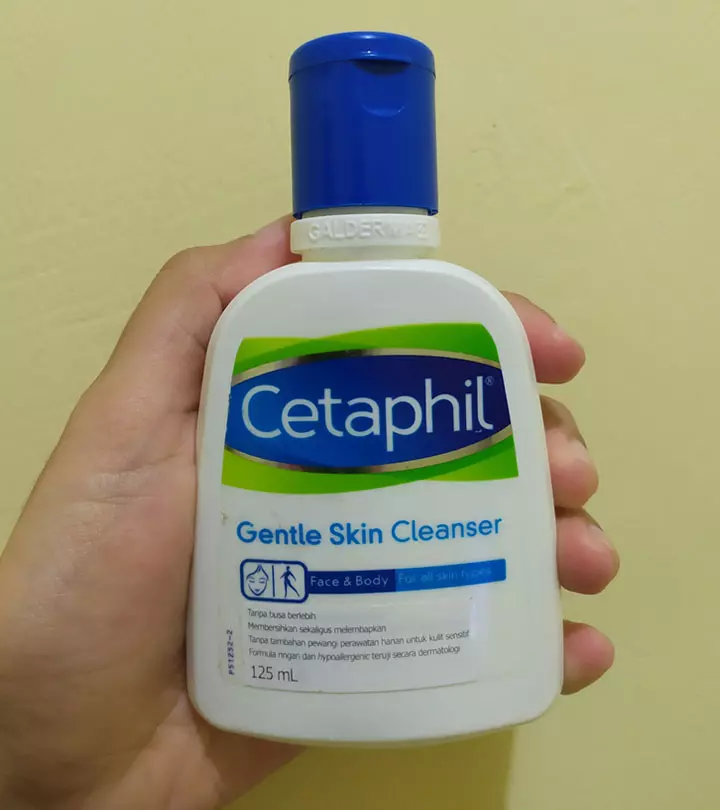






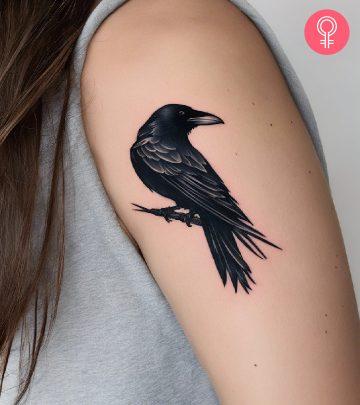
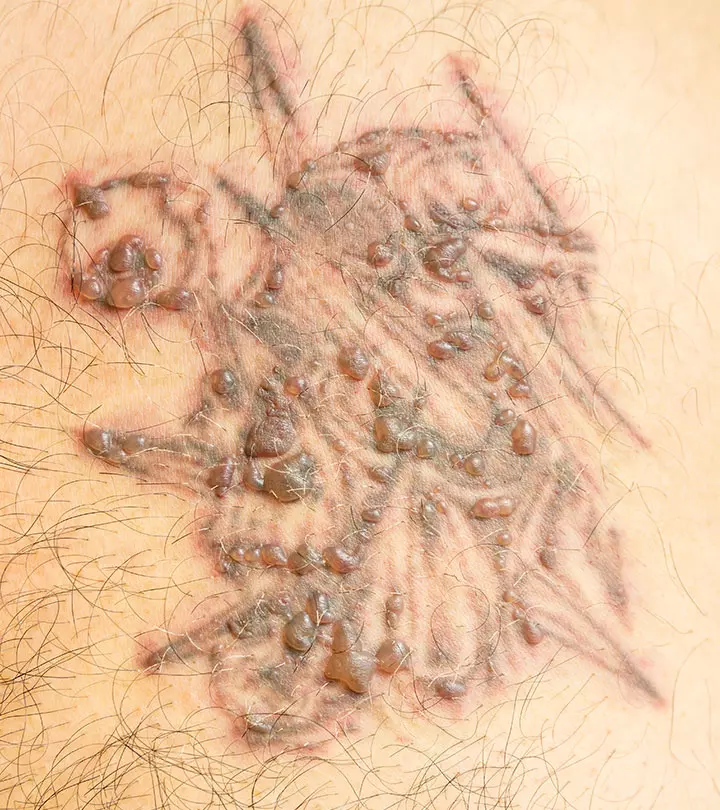


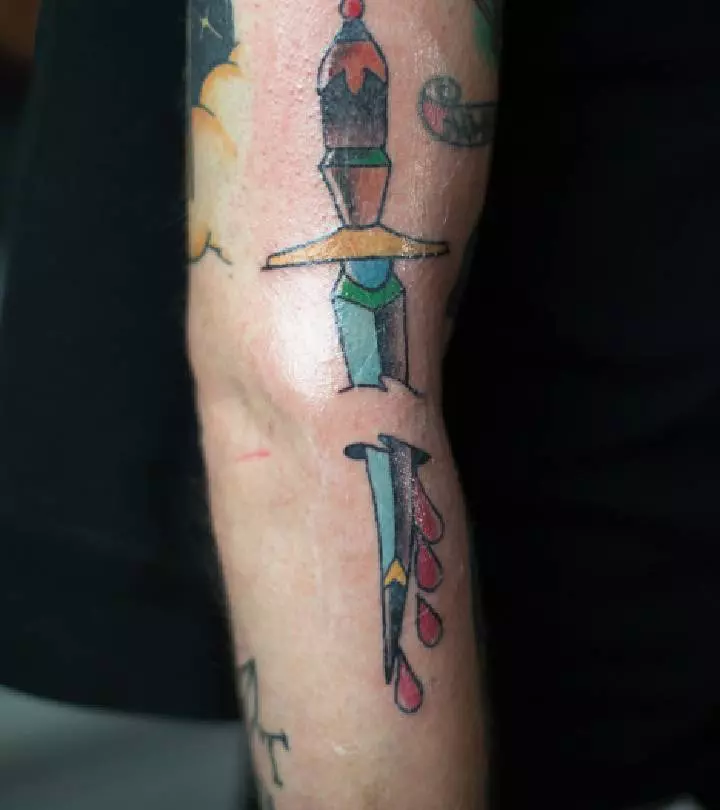
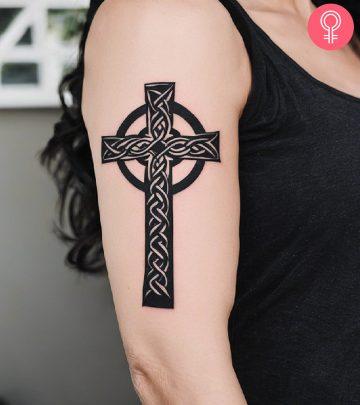


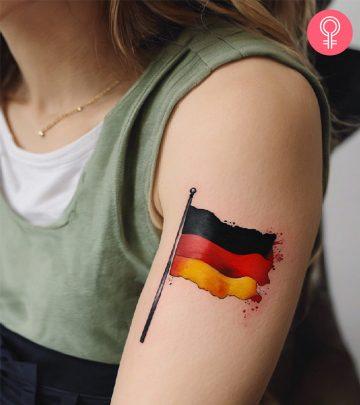


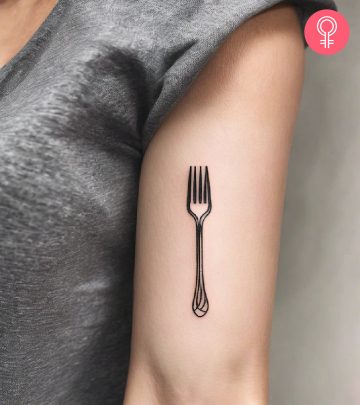
Community Experiences
Join the conversation and become a part of our empowering community! Share your stories, experiences, and insights to connect with other beauty, lifestyle, and health enthusiasts.